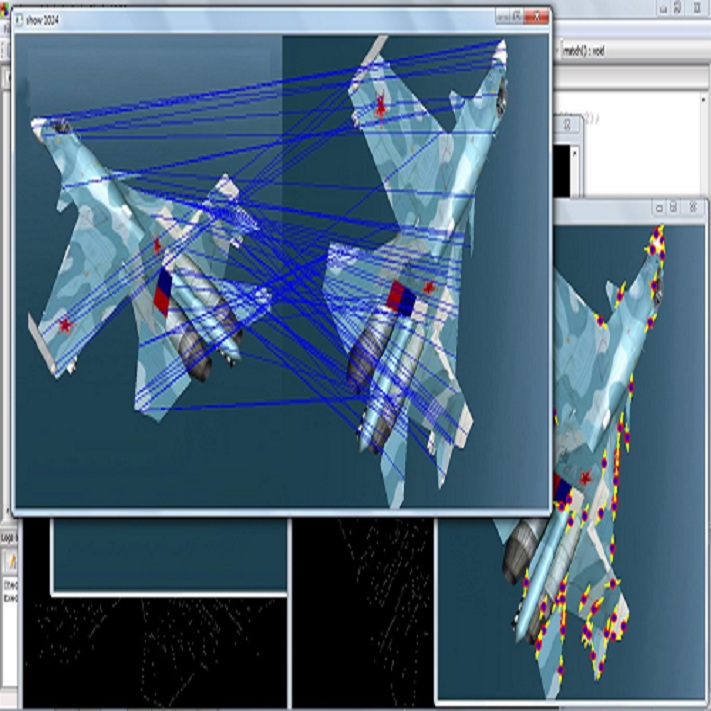Image registration is a key task in medical imaging applications, allowing to represent medical images in a common spatial reference frame. Current approaches to image registration are generally based on the assumption that the content of the images is usually accessible in clear form, from which the spatial transformation is subsequently estimated. This common assumption may not be met in practical applications, since the sensitive nature of medical images may ultimately require their analysis under privacy constraints, preventing to openly share the image content.In this work, we formulate the problem of image registration under a privacy preserving regime, where images are assumed to be confidential and cannot be disclosed in clear. We derive our privacy preserving image registration framework by extending classical registration paradigms to account for advanced cryptographic tools, such as secure multi-party computation and homomorphic encryption, that enable the execution of operations without leaking the underlying data. To overcome the problem of performance and scalability of cryptographic tools in high dimensions, we propose several techniques to optimize the image registration operations by using gradient approximations, and by revisiting the use of homomorphic encryption trough packing, to allow the efficient encryption and multiplication of large matrices. We demonstrate our privacy preserving framework in linear and non-linear registration problems, evaluating its accuracy and scalability with respect to standard, non-private counterparts. Our results show that privacy preserving image registration is feasible and can be adopted in sensitive medical imaging applications.
翻译:在医学成像应用中,图像登记是医学成像应用中的一项关键任务,可以在共同的空间参照框架内代表医学图像。目前图像登记的方法一般基于以下假设:图像内容通常以清晰的形式提供,随后对空间转换作出估计。这一共同的假设可能无法在实际应用中得到满足,因为医学成像的敏感性质最终要求在隐私限制下分析,防止公开分享图像内容。在这项工作中,我们根据隐私保护制度来拟定图像登记问题,假设图像是保密的,无法清晰地披露。我们通过扩大古典登记模式来计算先进的加密工具,例如安全的多党计算和同态加密,使操作能够在不泄露基本数据的情况下进行。为了克服高维度加密工具的性能和可扩展性问题,我们建议采用几种技术,通过使用梯度校准法优化图像登记操作,重新使用同质加密包装,从而允许高效加密和倍增大型矩阵。我们采用的隐私保存框架在直线性和非直线式图像登记上展示了我们的安全性,我们采用的标准性、不精确性、不精确性地展示了我们的标准性登记结果。</s>



